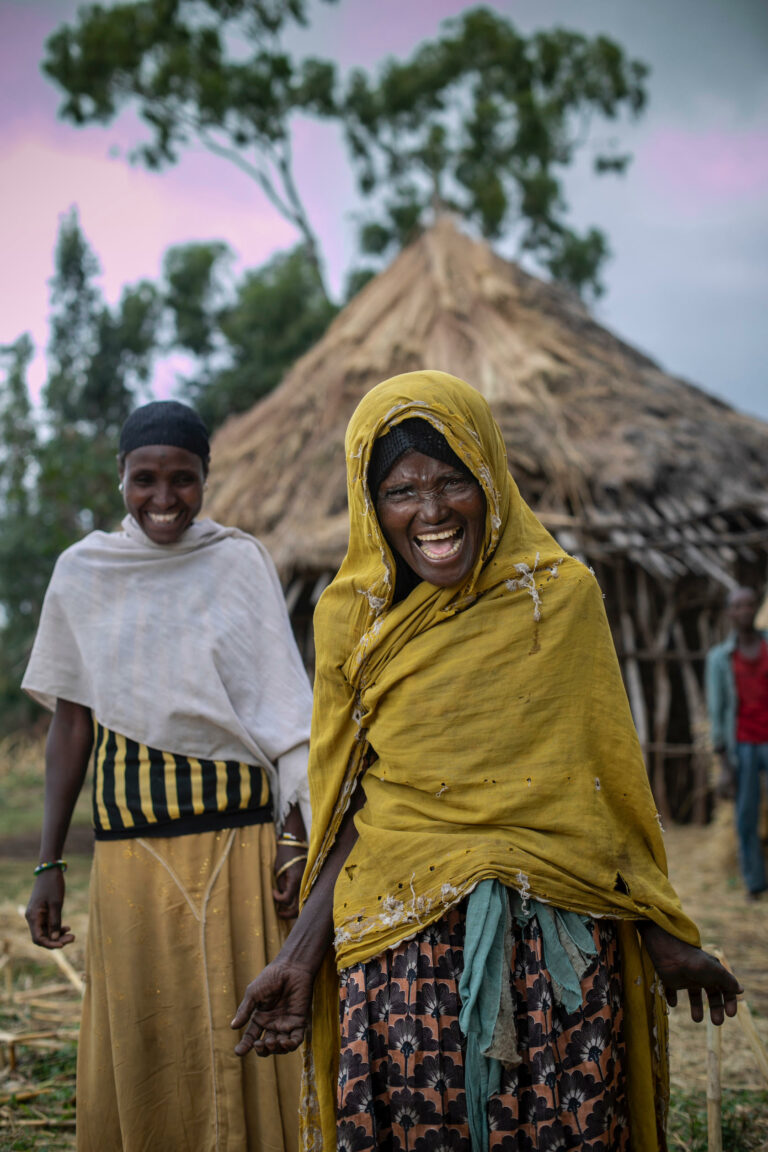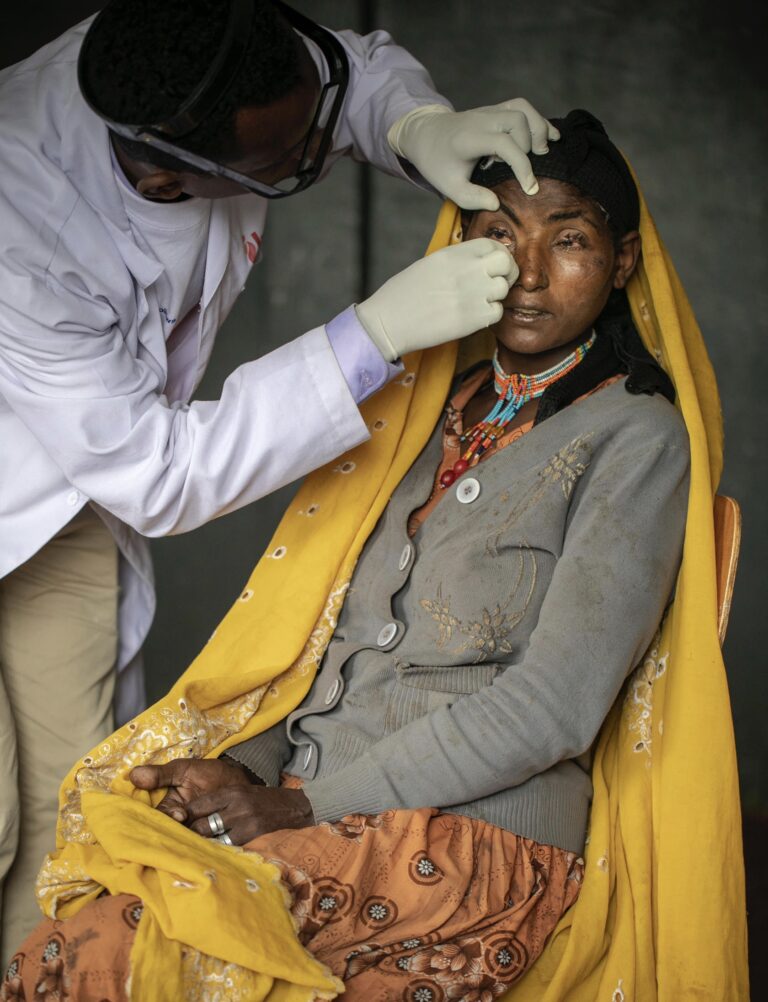ETHIOPIA EYE PROJECT
The Fred Hollows Foundation
Twice the Doctor supports the work of Ethiopian “lid surgeons” who save the sight of people with advanced trachoma.
1. Trachoma is the leading cause of infectious blindness in the world today.
2. In Ethiopia, more than 76 million are living in trachoma endemic areas and 800,000 people are at risk of blindness. In Oromia, the largest and most populous state of Ethiopia, 27 million people are at risk of developing the disease and 200,000 could lose their sight without surgery.
3. Blindness caused by trachoma is irreversible. Repeated infections can over years lead to scarring that causes the eyelid to turn inwards. The eyelashes become inverted and rub on the clear cornea, painfully scratching it and causing damage.
4. Trachoma is entirely preventable and treatable. There is no need for anyone to suffer from this excruciating, debilitating eye disease.
5. While eliminating trachoma is difficult, it’s within our reach. Treatment is relatively cheap and a simple 20 minute procedure can save the sight of someone with advanced trachoma.
The surgeon’s salary is $300 per month and they do 15 procedures per day! That’s real bang for your buck or in other words super – effective use of your contribution!

THE JOURNEY FOR SIGHT

Hawiti’s Story
Hundreds of people patiently queue under the awnings of the health centre at rural Jeju, almost four hours south east of Addis Ababa, as the heavens open dumping unseasonal rain. They’ve come from far and wide because they’ve heard about the eye screenings that have been organised to treat the incredibly painful and blinding eye condition trachoma. Many have heard about the outreach from local radio, others from the massive community mobilisation campaign.
Among the nervous group sitting outside the makeshift surgery is Hawiti Tufa, a 60 year old grandmother of four, who smiles warmly at visitors from The Fred Hollows Foundation which has worked with local health authorities to organise the screening and surgery.
Hawiti tells us she’s had severe eye pain for more than a year, as the repeated trachoma infections have scarred her eyelids turning them inwards until the lashes scratch on her cornea. “The first sign was itching and irritation in my eyes and then there was a lot of pain. I was scratching my eyes because of the itching sensation,” she said.
“I was worried when they told me I was going to have an operation.”
Hawiti knows a lot of people who have had surgery for trachoma. In Ethiopia 27 million people live in areas where trachoma is endemic. Women make up 70% of those with trachoma and they’re four times more likely to need surgery than men.
Hawiti has walked for more than three hours to make the 21km journey from her modest mud hut home to the health centre. Her daughter Geno Hussien walked with her, making sure she reached the clinic.
It’s a common story in these areas where most people have small plots of land in remote and inaccessible locations.
Hawiti is operated on by young surgeon Feyera Bekele who is an integrated eye care worker trained by The Fred Hollows Foundation.
Fatuma’s Story
Fatuma Mama, “I feel good today, I’m so happy. Previously I was not able to see people. I saw double. Now I’m having good vision. Not having the pain is a relief. Before I could not go outside the house alone. I had difficulty cooking and caring for my children. Now I can see and be independent. I will not be dependent on others.”
When she had bad trichiasis her husband has helping to fetch water and with the chores.
“We have a pond for cleaning things and have to carry water 20km on a donkey’s back.”
She has had trachoma for two years, one year very serious. Fatuma had an appointment at the clinic six months ago but her 16-year-old daughter was abducted and forced to marry so she wasn’t able to come to the appointment. Her daughter is now expecting a baby. But as the pain got worse Fatuma came back for surgery.

